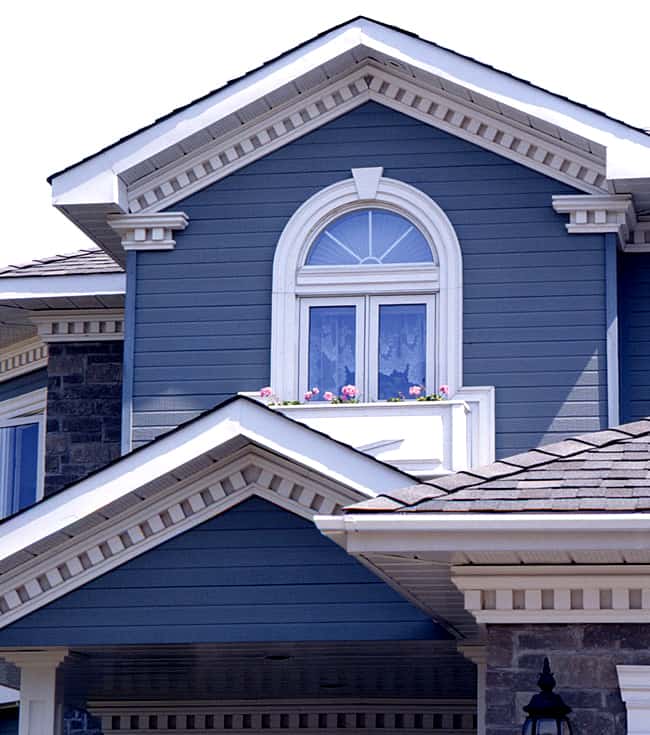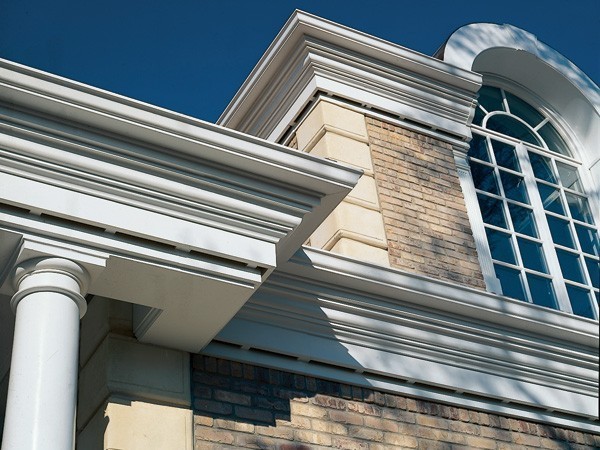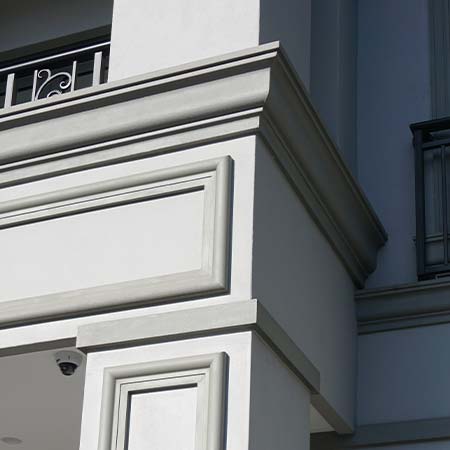Welcome! If you’re looking to enhance your home’s exterior, decorative molding might be the perfect solution. As someone who values aesthetic appeal and functionality, I’ve dabbled in the world of home decor and found the magic of molding. In this article, we’ll explore various aspects of exterior decorative molding, from styles to installation tips, ensuring your home stands out in every neighborhood.
What is Exterior Decorative Molding?
Exterior decorative molding refers to the ornamental trim installed on the outside of homes. It enhances architectural features, adds character, and can even increase property value. While it serves a decorative purpose, molding can also help protect your home from the elements.
Benefits of Using Exterior Decorative Molding
- Aesthetics: Molding adds depth and visual interest.
- Protection: It can shield your home from water and moisture.
- Increased Value: Well-executed decorative molding can enhance your property’s value.
- Versatility: Available in various styles and materials, suitable for any architectural design.
Popular Styles of Exterior Decorative Molding
1. Colonial Molding
Colonial molding features clean lines and symmetrical patterns. It’s great for traditional homes, adding an element of sophistication.
2. Victorian Molding
Known for its intricate designs and curves, Victorian molding brings a whimsical charm to any exterior. Perfect for older homes!

3. Craftsman Molding
Craftsman styles emphasize handcrafted details, often using natural materials. Ideal for bungalows and those who appreciate simplicity.
4. Modern Molding
For contemporary homes, sleek lines and minimalistic edges characterize modern molding. It complements new architectural designs beautifully.

Materials Used in Exterior Decorative Molding
1. Wood
Natural and elegant, wood is a popular choice. However, it requires regular maintenance to prevent rot and warping.
2. PVC
Durable and weather-resistant, PVC is a low-maintenance option. It mimics wood without the upkeep.

3. Fiberglass
Strong and lightweight, fiberglass can be molded into intricate designs. It stands up well to harsh conditions.
4. Polyurethane
Lightweight and versatile, polyurethane is commonly used for its durability and ability to replicate wood designs.

Installation Tips for Exterior Decorative Molding
Installing exterior decorative molding doesn’t have to be daunting. Here are some tips based on my personal experience:
1. Measure Precisely
Accurate measurements are critical. Double-check your lengths before cutting!

2. Choose the Right Tools
A miter saw, nail gun, and level will help you achieve clean cuts and straight lines.
3. Prepare the Surface
Ensure that the wall or surface is clean and dry before installation. It will help the adhesive or nails hold better.

4. Prime and Paint Before Installation
If you’re using wood, consider priming and painting your molding before installation to save time and achieve a smoother finish.
Cost Considerations for Exterior Decorative Molding
Understanding the costs involved will help you budget effectively. Here’s a breakdown:
| Material | Average Cost per Linear Foot | Pros | Cons |
|---|---|---|---|
| Wood | $3 – $10 | Natural look, customizable | Requires maintenance |
| PVC | $2 – $6 | Low maintenance, weather-resistant | Less authentic appeal |
| Fiberglass | $4 – $12 | Durable, intricate designs possible | Can be expensive |
| Polyurethane | $2 – $8 | Lightweight, easy to install | Less durability than wood |
Pros and Cons of Exterior Decorative Molding
Pros
- Enhances architectural beauty
- Protects against elements
- Increases home value
- Variety of styles and materials available
Cons
- Can be costly depending on material
- Some materials require regular maintenance
- Improper installation can lead to moisture problems
Creative Ways to Incorporate Exterior Decorative Molding
1. Window Trim
Adding molding around windows creates a polished look and frames your views beautifully.
2. Doorways
Enhance your entryway with decorative crowns and pediments that set the tone for your home.
3. Eaves and Gables
Adding molding to your eaves and gables can accentuate rooflines and create a more inviting silhouette.
4. Columns
Decorative molding around columns not only adds elegance but also highlights architectural features.
Maintaining Your Exterior Decorative Molding
To keep your moldings looking their best, consider these maintenance tips:
1. Regular Inspections
Check for signs of wear and tear, mildew, or water damage at least twice a year.
2. Clean When Needed
Gently wash your moldings with soap and water to remove dirt build-up.
3. Repaint When Necessary
Wood moldings will need repainting every few years, while PVC and fiberglass may require less upkeep.
Frequently Asked Questions (FAQs)
1. What is the best type of material for exterior decorative molding?
The best material depends on your budget, climate, and desired aesthetics. Wood offers authenticity, while PVC and fiberglass are excellent for durability and low maintenance.
2. How do I know if my home needs decorative molding?
If you want to add character to your home’s exterior and highlight architectural features, decorative molding is a fantastic option!
3. Can I install exterior decorative molding myself?
Yes, with the right tools and careful planning, DIY installation is possible. However, if you’re unsure, hiring a professional is advisable.
4. How long does decorative molding last?
With proper maintenance, high-quality moldings can last for decades. Ensure regular inspections for longevity!